BLOOMINGTON, Ill. — The Illinois Wheat Association (IWA) in conjunction with the Illinois Soybean Association is excited to announce the Double Crop Farmers Forum, to be held February 8, 2022, at the DoubleTree by Hilton in Mt. Vernon, Illinois.
Presentations at the conference include best practices for maximizing yields of double-cropped wheat and soybeans, methods to manage diseases, fertilizer price update, USDA programs, market outlooks,... Read More →
ILSOYADVISOR POST
Wheat Quality Considerations
May 24, 2020
The wheat crop in southern Illinois has been through a lot since last fall but has seemed to persevere, and the yield outlook is optimistically high. As we go back to last fall and think about planting conditions and fall growth/development, it was really a mixed bag with some of the earliest plantings doing well. Later plantings, however, suffered through a cold, wet November. Thankfully, the mild temperatures over the winter allowed the crop to recover, and we are looking at what appears to be a pretty good crop.
The recent cold temperatures have put some yield at risk, but the majority of acres appear to have missed the worst of the potential damage. We will likely see some isolated cases of freeze injury depending on the variety and growth stages of given fields.
One of the biggest risks to the wheat crop in any year is Fusarium Head Blight (FHB), and 2020 will likely be no different. Compared to 15 years ago, we now have genetic tolerance to FHB in many varieties as well as several fungicides on the market that can effectively suppress the fungus as well. These two factors along with a few management guidelines can significantly reduce the damage from Fusarium Head Blight.
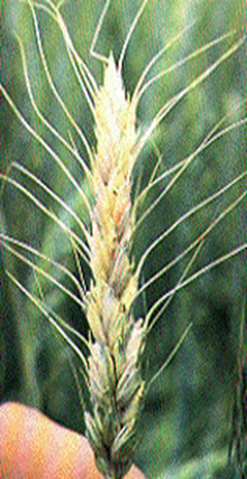
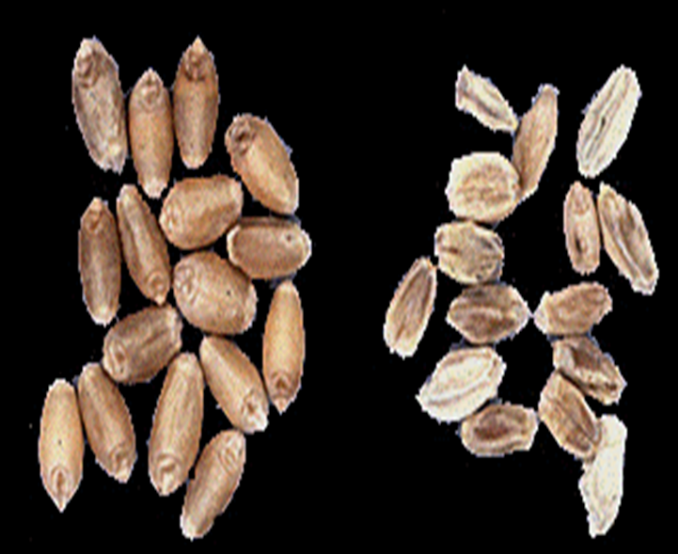
Figure 1 and 2. Wheat head on the left showing the “whitening” of the head caused by Fusarium Head Blight. The grain on the right showing the damage to the grain.
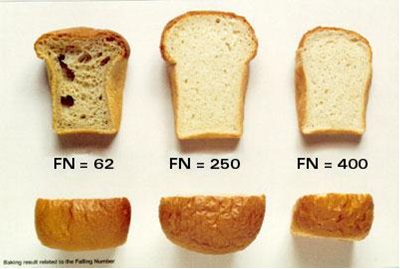
effect of the Falling Numbers score.
Harvest is also a great time to evaluate many of the management decisions made throughout the growing season. As it relates to nitrogen rate, a perfectly standing field at harvest is a sign that the rate was maybe just a little too light. Large areas of the field that are lodged would obviously be a sign the rate was too heavy. Having 5-10% of the field lodged is a good indication that the nitrogen-to-yield relationship was maximized.

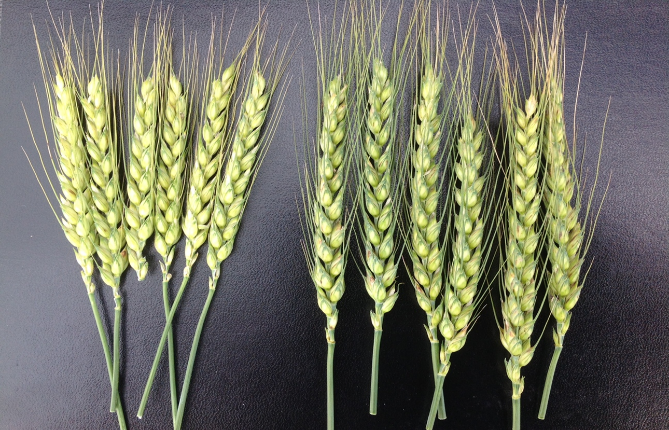
Figures 4 and 5. Wheat heads on the left are from an area of the field that was standing perfectly. The heads on the right are from areas of the field that were lodged. This demonstrates the strong relationship between nitrogen rate and yield.


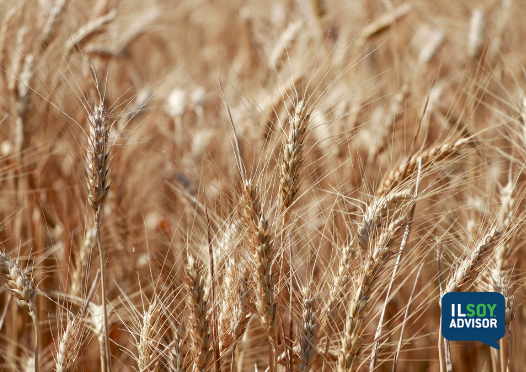
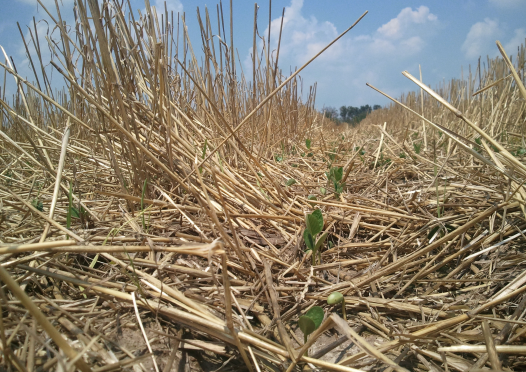
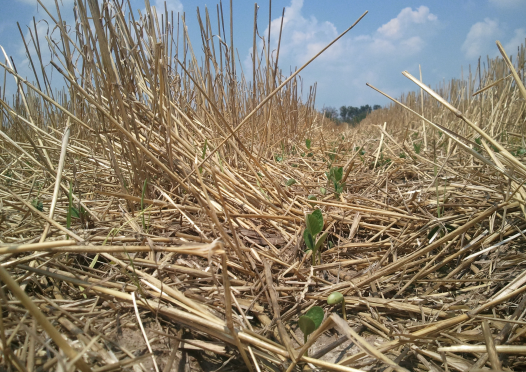
Comments
Add new comment